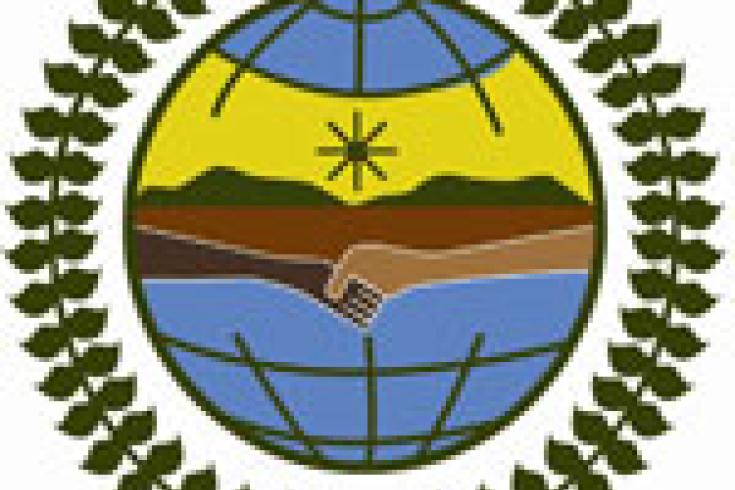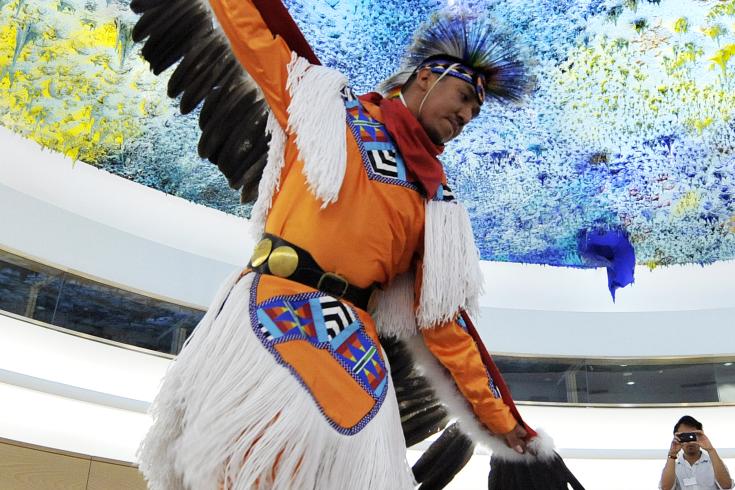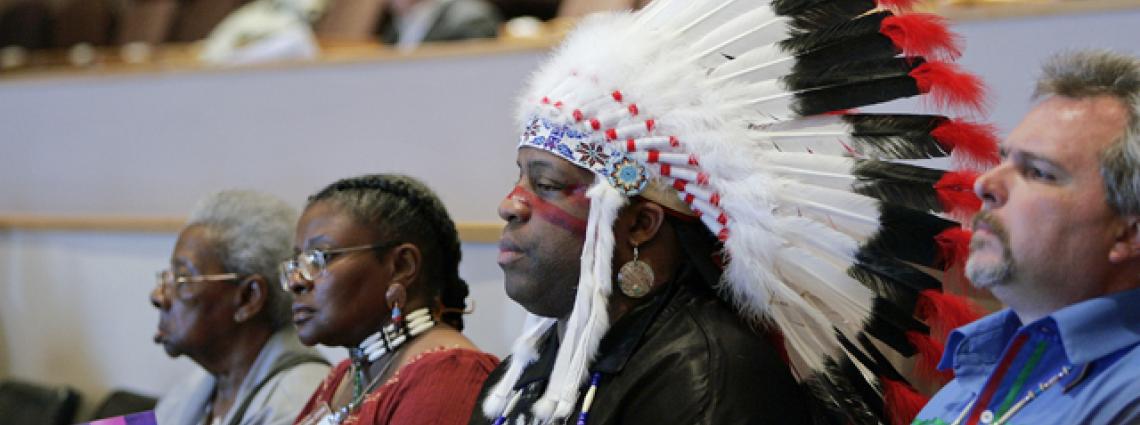International Day of the World’s Indigenous Peoples 2012

On 23 December 1994, the United Nations General Assembly decided that the International Day of the World’s Indigenous People shall be observed on 9 August every year during the International Decade of the World’s Indigenous People
I deeply regret that such a Treaty, and such a global consensus, did not exist when testing occurred in the Marshall Islands.

The Yellow Bird Apache Dancers perform at the opening of the fourth session of the Expert Mechanism on the Rights of Indigenous Peoples. (UN Photo/Jean-Marc Ferré)
9 Aug 2012
